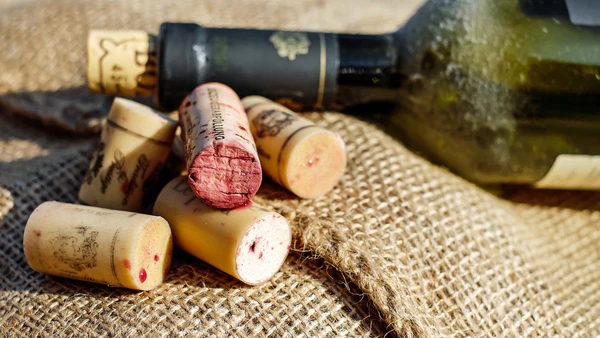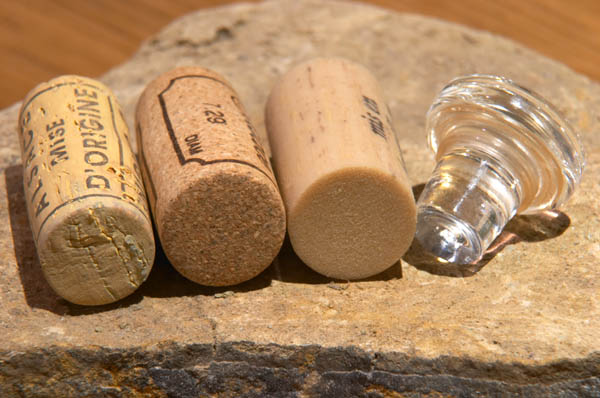Wine storage depends on many factors and, of course, directly on the wine cork. Previously, there was no technology for long-term storage of wines, and the purpose of corks was exclusively utilitarian, helping to protect the drink from spillage and debris getting into it.
Mainly, the cork prevented the loss of wine. Wooden pegs, leather, resin, wax, and glass plugs were mostly used for closure. Amphoras, barrels, bottles were closed with such “stoppers”. Hermetic packaging made it possible not only to store, but also to transport wines over considerable distances.
Over time, cork oak bark supplanted all previously used options. Cork is obtained from the bark of the cork oak (Latin: Quercus suber), a slow-growing evergreen tree, which in the process of evolution has developed a spongy substance for protection and insulation, in particular, from fire.

Types of wine corks
Now cork oak is cultivated specially in Portugal, Spain, France, Italy, Morocco, Tunisia, Algeria. Due to the elastic structure, the cork does not allow leakage, air passes through the thinnest pores and creates ideal conditions for wine maturation.
A cork stopper is preferred for champagne wines (Fig. 1), but most plain sparkling wines now use a screw cap. For expensive wines, one-piece corks are used, but there are also component corks (made of cork oak chips). Such corks often break during extraction.
However, cork has several significant disadvantages:
- Mold damage, with long-term storage, the cork can give the wine an undesirable aroma and taste.
- The use of corks in simple wines that are not suitable for long-term storage and do not develop their best qualities over the years is useless, it only makes the final product more expensive.
- Therefore, the points listed above forced manufacturers to look for an alternative to the cork stopper.
Types of wine corks
The famous wine critic Robert Parker in an interview with the Times magazine said that by 2015, natural corks will completely disappear. The motive is simple: the cork twist saves from oxidation and gets rid of “corkscrew addiction”.
Currently, synthetic corks are used for local and varietal wines that are drunk within one year. If you pierce such a cork with a corkscrew, nothing extra will get into the bottle. It is impossible to break such a cork.
For example, corked wine should be stored in a horizontal position (so that the cork does not dry out), and a synthetic cork is more versatile in this regard.
Such plugs have their disadvantages:
- difficulty when removing from the bottle,
- when pulled out, the cork does not fit into the bottle.
Now, many wine producers of the New World (Chile, Argentina, New Zealand, Australia, South Africa, USA) use screw and synthetic corks for many worthy wines that have received many prizes, awards and have been recognized by connoisseurs around the world. The reverse side of the coin is the image of cheapness, which alarms many buyers.

We remind you that wines are evaluated not by the wine cork, but by other indicators – color, aroma, taste qualities.
Manufacturers are not standing still and are using new alternative materials and modernizing technologies for capping bottles. Innovative wine stopper Vino-Lok “wine lock” or Vino-Seal “wine seal”. This is a glass stopper with the addition of a sealing ring for tightness.
